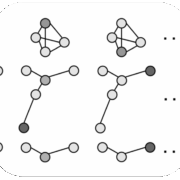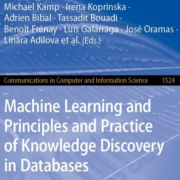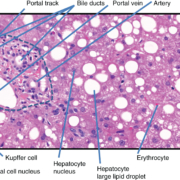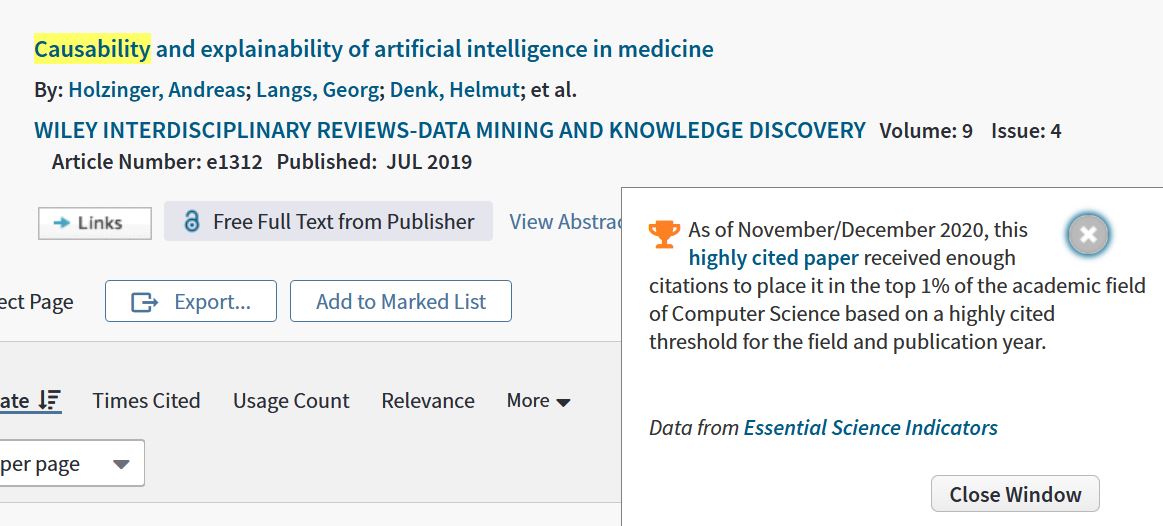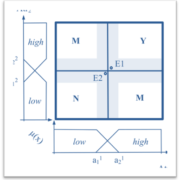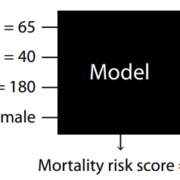Our work on Digital Transformation for Sustainable Development Goals (SDGs) – A Security, Safety and Privacy Perspective on AI has just been published and can be found here:
https://www.researchgate.net/publication/353403620_Digital_Transformation_for_Sustainable_Development_Goals_SDGs_-_A_Security_Safety_and_Privacy_Perspective_on_AI
Thanks to my co-authors !
The main driver of the digital transformation currently underway is undoubtedly artificial intelligence (AI). The potential of AI to benefit humanity and its environment is undeniably enormous. AI can definitely help find new solutions to the most pressing challenges facing our human society in virtually all areas of life: from agriculture and forest ecosystems that affect our entire planet, to the health of every single human being. However, this article highlights a very different aspect. For all its benefits, the large-scale adoption of AI technologies also holds enormous and unimagined potential for new kinds of unforeseen threats. Therefore, all stakeholders, governments, policy makers, and industry, together with academia, must ensure that AI is developed with these potential threats in mind and that the safety, traceability, transparency, explainability, validity, and verifiability of AI applications in our everyday lives are ensured. It is the responsibility of all stakeholders to ensure the use of trustworthy and ethically reliable AI and to avoid the misuse of AI technologies. Achieving this will require a concerted effort to ensure that AI is always consistent with human values and includes a future that is safe in every way for all people on this planet. In this paper, we describe some of these threats and show that safety, security and explainability are indispensable cross-cutting issues and highlight this with two exemplary selected application areas: smart agriculture and smart health.
Reference to the paper:
Andreas Holzinger, Edgar Weippl, A Min Tjoa & Peter Kieseberg (2021). Digital Transformation for Sustainable Development Goals (SDGs) – a Security, Safety and Privacy Perspective on AI. Springer Lecture Notes in Computer Science, LNCS 12844. Cham: Springer, pp. 1-20, doi:10.1007/978-3-030-84060-0_1.
bibTeX:
@incollection{HolzingerWeipplTjoaKiese:2021:SustainableSecurity,
year = {2021},
author = {Holzinger, Andreas and Weippl, Edgar and Tjoa, A Min and Kieseberg, Peter},
title = {Digital Transformation for Sustainable Development Goals (SDGs) – a Security, Safety and Privacy Perspective on AI},
booktitle = {Springer Lecture Notes in Computer Science, LNCS 12844},
publisher = {Springer},
address = {Cham},
pages = {1-20},
abstract = {The main driver of the digital transformation currently underway is undoubtedly artificial intelligence (AI). The potential of AI to benefit humanity and its environment is undeniably enormous. AI can definitely help find new solutions to the most pressing challenges facing our human society in virtually all areas of life: from agriculture and forest ecosystems that affect our entire planet, to the health of every single human being. However, this article highlights a very different aspect. For all its benefits, the large-scale adoption of AI technologies also holds enormous and unimagined potential for new kinds of unforeseen threats. Therefore, all stakeholders, governments, policy makers, and industry, together with academia, must ensure that AI is developed with these potential threats in mind and that the safety, traceability, transparency, explainability, validity, and verifiability of AI applications in our everyday lives are ensured. It is the responsibility of all stakeholders to ensure the use of trustworthy and ethically reliable AI and to avoid the misuse of AI technologies. Achieving this will require a concerted effort to ensure that AI is always consistent with human values and includes a future that is safe in every way for all people on this planet. In this paper, we describe some of these threats and show that safety, security and explainability are indispensable cross-cutting issues and highlight this with two exemplary selected application areas: smart agriculture and smart health.},
doi = {10.1007/978-3-030-84060-0_1}
}

